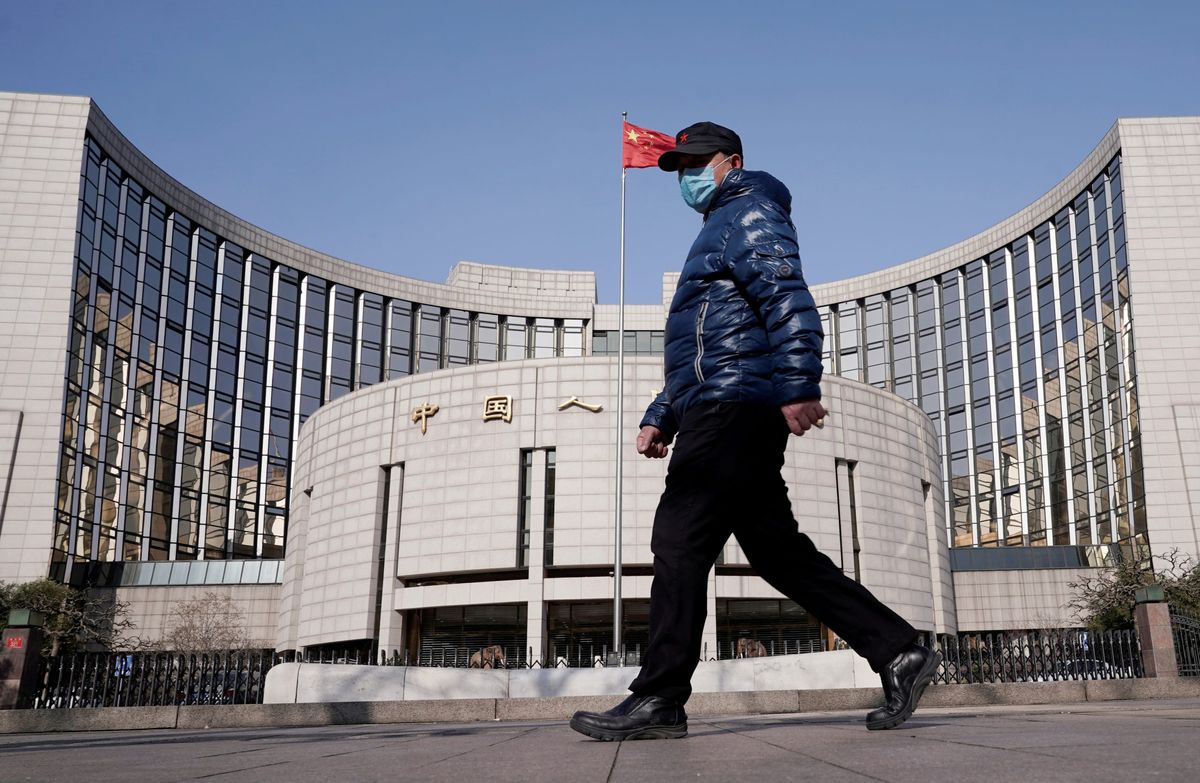China unveils a 1 trillion yuan infrastructure stimulus package

A few minutes every morning is all you need.
Stay up to date on the world's Headlines and Human Stories. It's fun, it's factual, it's fluff-free.
China, like everywhere else, has had it pretty hard during COVID. But with its strict lockdown restrictions in place when outbreaks come up, the economy has taken a pretty good beating. The manufacturing sector, the biggest in the world, has been significantly slowed down because those people who would usually be working in the facilities were stuck at home on lockdown.
Well, now China is putting a bunch of money into the country’s infrastructure as a stimulus to get it out of the rut. The country’s cabinet, the State Council, outlined a plan to put over a trillion yuan (about US$146 billion) into a mix of infrastructure projects and local development projects, and a good chunk of the money is coming from previously unused money set aside for other projects. Officials say they’re looking to use all of the available tools, but they don’t want to go overboard with stimulus and cause further inflation, which is forecast to pass 3% soon.
But there’s a bit of a question of how well it will work. Some analysts have doubts – economists say the country is on track to have about 3% growth this year, which isn’t likely to change because of this stimulus. But, on the other hand, tech stocks for Chinese companies had a pretty good day after the announcement.
Key comments:
China will use all “tools available in the toolbox,” said the State Council at a meeting chaired by Premier Li Keqiang.
“We’re getting easing, but it’s not quickly enough to keep up with the pace of deterioration in the broader economy,” said Goldman Sachs chief Asia Pacific economist Andrew Tilton in an interview with Bloomberg TV. “More domestic policy easing and improved growth and domestic demand is going to be key as we get into 2023.”
The stimulus is “aimed at cushioning the economy from both its ongoing zero-COVID measures and the continued property crisis,” according to UBS Global Wealth Management CIO Mark Haefele. “The latest stimulus announcement does not offer much to arrest the slide in housing sales, though a potential rise in infrastructure investment could partially offset the hit to GDP and boost fixed asset investment,” he added.




Comments ()